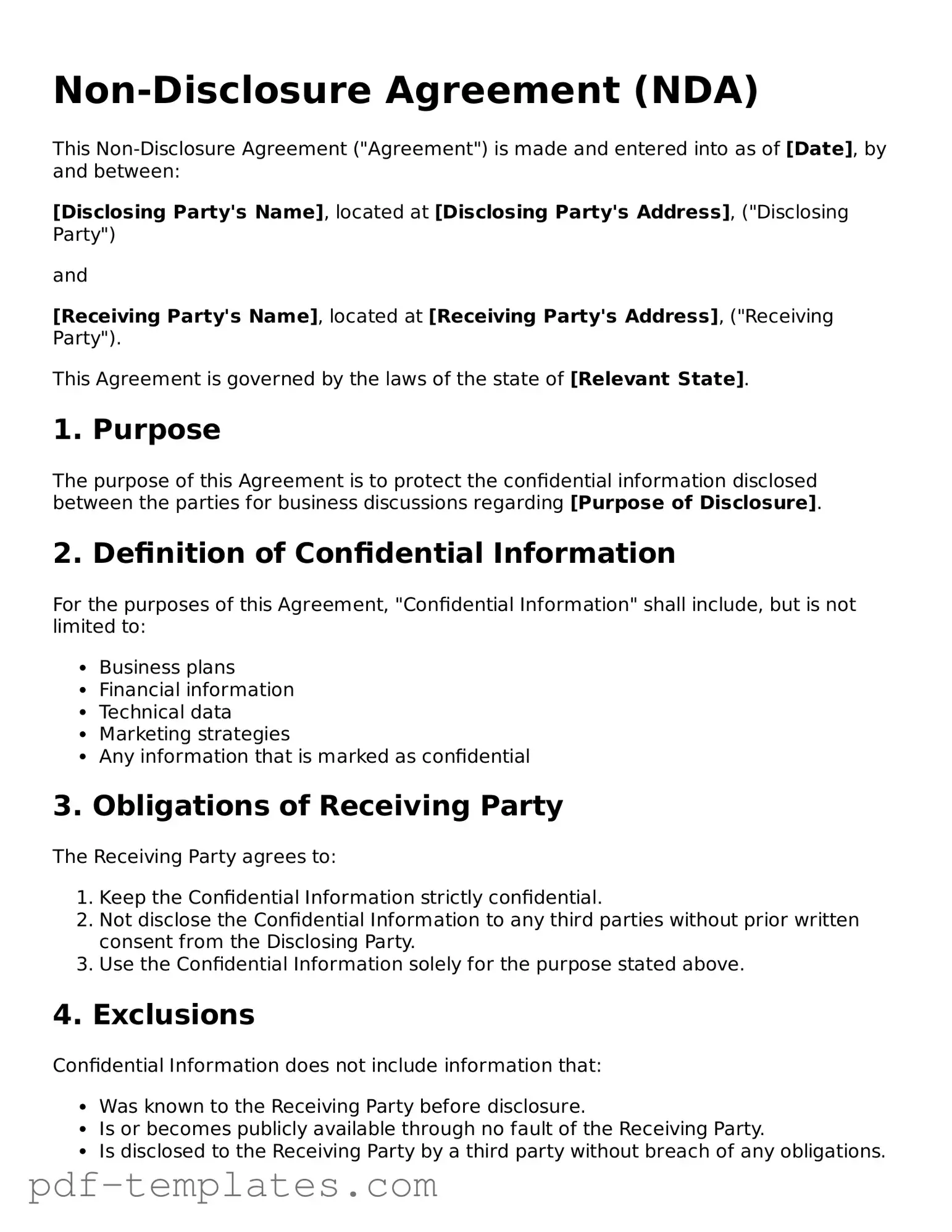A Non-Disclosure Agreement (NDA) is similar to a Confidentiality Agreement. Both documents aim to protect sensitive information shared between parties. A Confidentiality Agreement may be broader in scope, covering not just trade secrets but also any proprietary information. This means that while an NDA focuses specifically on preventing disclosure of certain information, a Confidentiality Agreement can encompass a wider range of confidential data, including business strategies and client lists.
Another document comparable to an NDA is the Non-Circumvention Agreement. This type of agreement is used to prevent one party from bypassing another to engage directly with a third party. While an NDA primarily focuses on protecting information, a Non-Circumvention Agreement emphasizes the relationships and connections between parties. Both documents serve to build trust and ensure that sensitive information is not exploited for personal gain.
A Mutual Non-Disclosure Agreement (MNDA) shares similarities with a standard NDA but involves both parties sharing confidential information. In an MNDA, both parties agree to protect each other's sensitive data. This is particularly useful in joint ventures or partnerships, where both sides need to disclose information to collaborate effectively. The mutual aspect strengthens the relationship and ensures equal protection for all parties involved.
The Proprietary Information Agreement (PIA) is another document that resembles an NDA. A PIA specifically addresses the ownership of proprietary information. It establishes that certain information is owned by one party and must be kept confidential by the other. While an NDA can cover a broader range of confidentiality issues, a PIA focuses on the ownership aspect, making it clear who retains rights to the information shared.
A Licensing Agreement also shares some characteristics with an NDA. In a Licensing Agreement, one party grants permission to another to use specific intellectual property. While the primary purpose of a Licensing Agreement is to outline the terms of use, it often includes confidentiality clauses to protect sensitive information. This ensures that any proprietary details related to the licensed material remain undisclosed, similar to the goals of an NDA.
Lastly, a Service Agreement can be compared to an NDA, especially when it involves the sharing of confidential information between a service provider and a client. In such agreements, confidentiality clauses are typically included to safeguard any sensitive data exchanged during the course of service. This ensures that the service provider does not disclose any proprietary information about the client, similar to the protections offered by an NDA.
